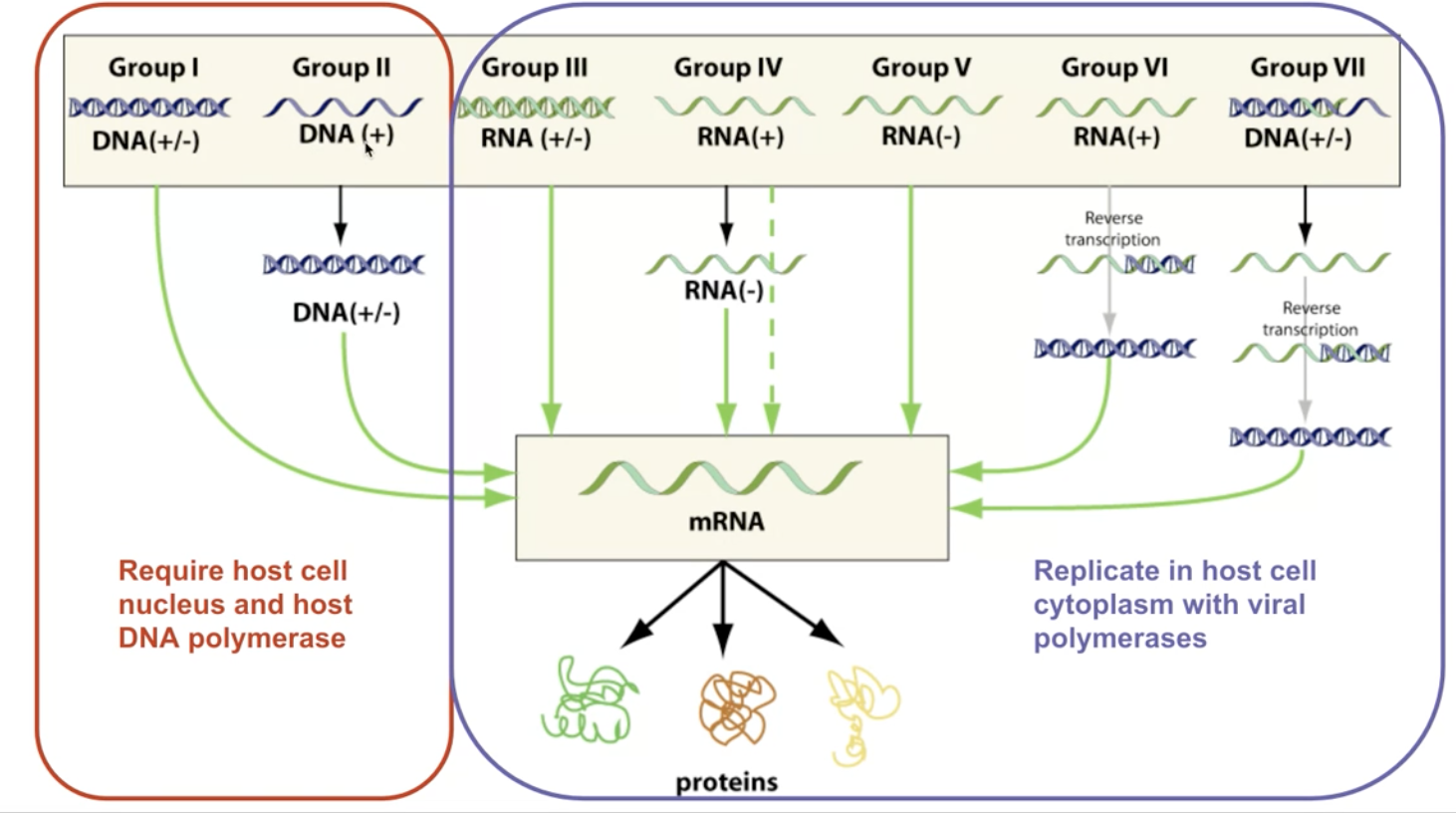Backlinks
1 Virus Infections and Lifecycle
1.4 Uncoating
After the virus enters the cell, the lipid/protein shell on the outside must be shred to be able to release the additional DNA inside.
1.6 Packaging
"Viral self-assembly" — make the protein, and, without ATP, just seal the newly-formed virus DNA in.
